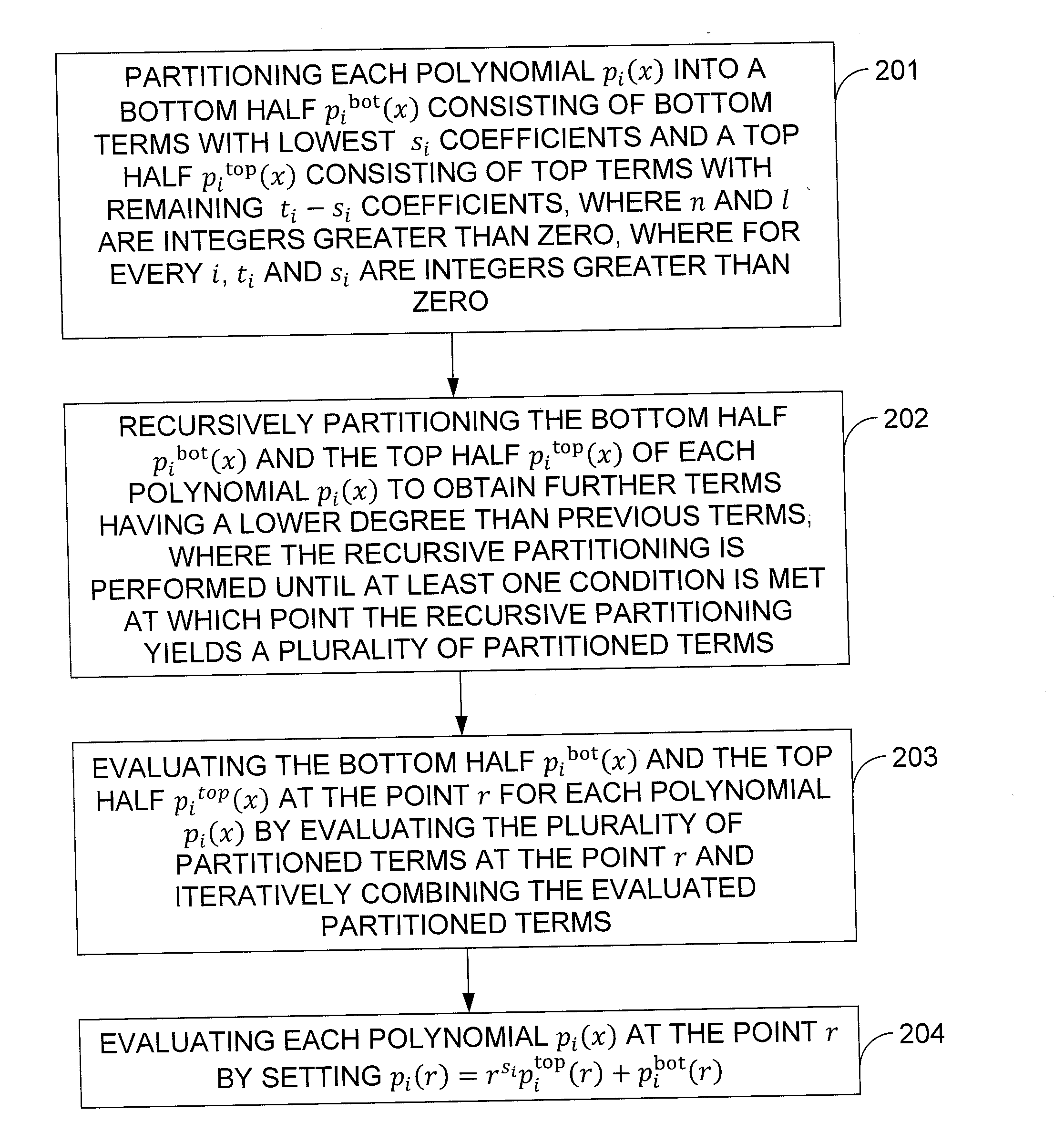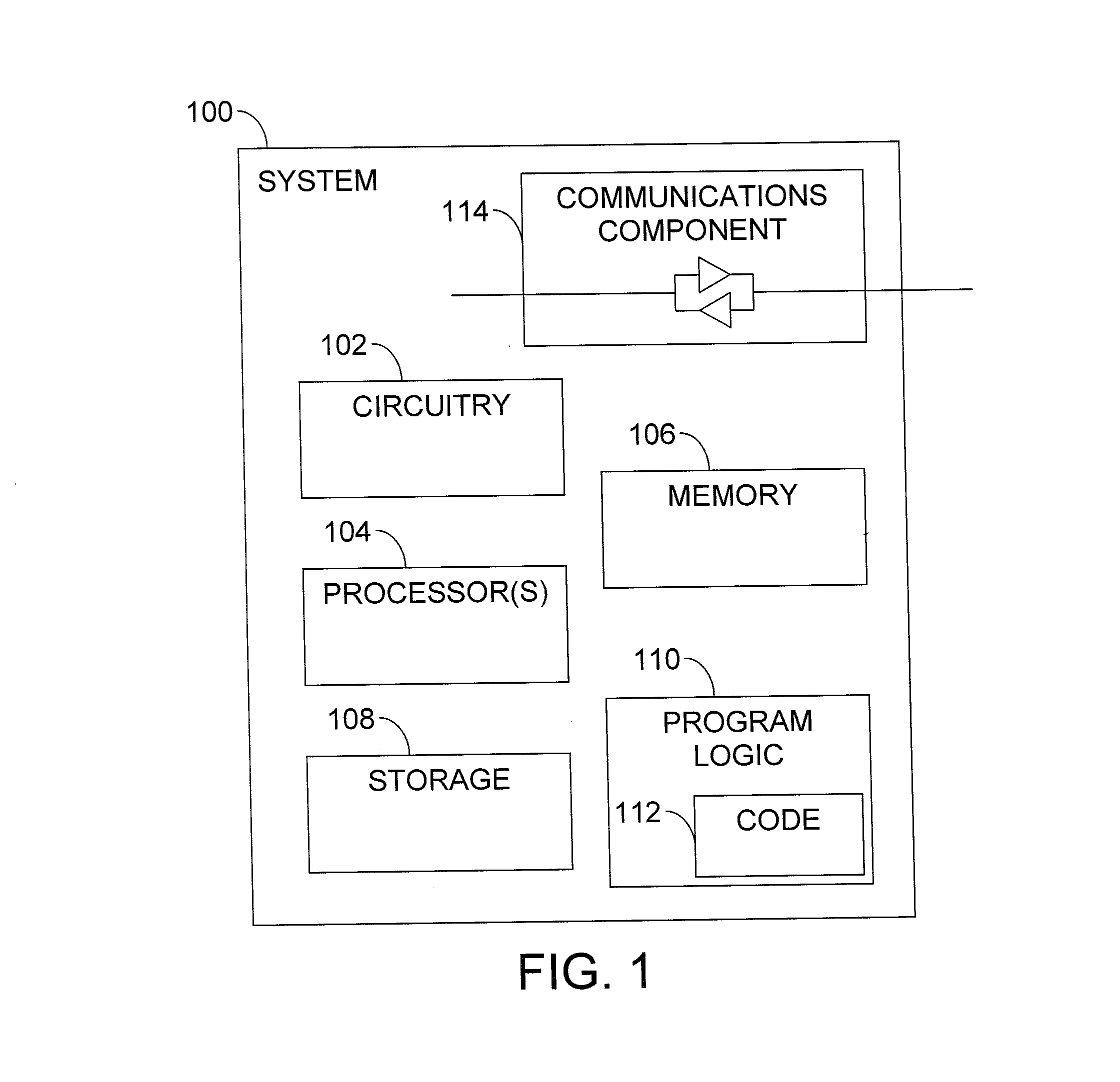Fast Evaluation Of Many Polynomials With Small Coefficients On The Same Point
- Summary
- Abstract
- Description
- Claims
- Application Information
AI Technical Summary
Benefits of technology
Problems solved by technology
Method used
Image
Examples
Embodiment Construction
[0017]1 Introduction
[0018]In 2009, Gentry described the first plausible construction of a fully homomorphic cryptosystem [3]. Gentry's construction consists of several steps: He first constructed a “somewhat homomorphic” scheme that supports evaluating low-degree polynomials on the encrypted data, next he needed to “squash” the decryption procedure so that it can be expressed as a low-degree polynomial which is supported by the scheme, and finally he applied a “bootstrapping” transformation to obtain a fully homomorphic scheme. The crucial point in this process is to obtain a scheme that can evaluate polynomials of high-enough degree, and at the same time has decryption procedure that can be expressed as a polynomial of low-enough degree. Once the degree of polynomials that can be evaluated by the scheme exceeds the degree of the decryption polynomial (times two), the scheme is called “bootstrappable” and it can then be converted into a fully homomorphic scheme.
[0019]Towards a boots...
PUM
 Login to View More
Login to View More Abstract
Description
Claims
Application Information
 Login to View More
Login to View More - R&D
- Intellectual Property
- Life Sciences
- Materials
- Tech Scout
- Unparalleled Data Quality
- Higher Quality Content
- 60% Fewer Hallucinations
Browse by: Latest US Patents, China's latest patents, Technical Efficacy Thesaurus, Application Domain, Technology Topic, Popular Technical Reports.
© 2025 PatSnap. All rights reserved.Legal|Privacy policy|Modern Slavery Act Transparency Statement|Sitemap|About US| Contact US: help@patsnap.com



